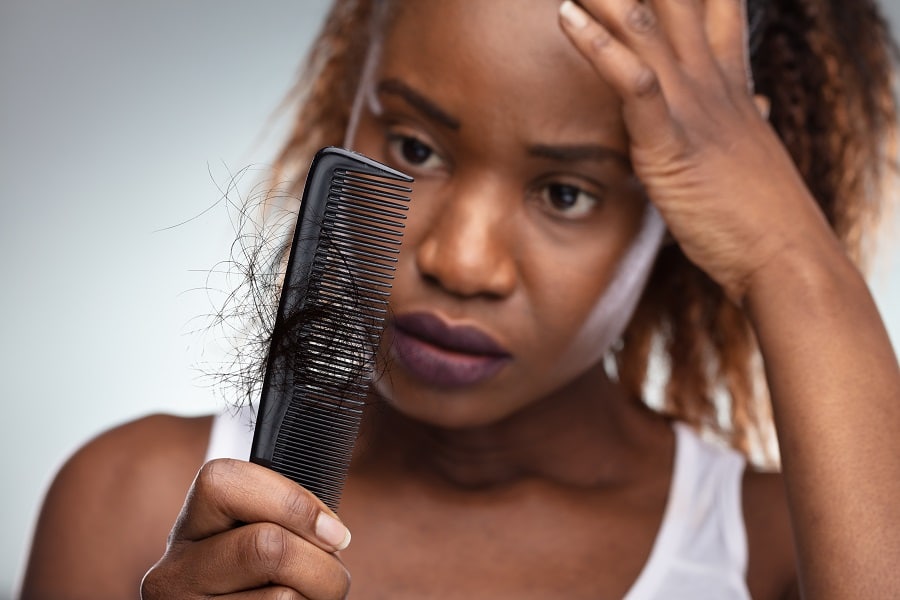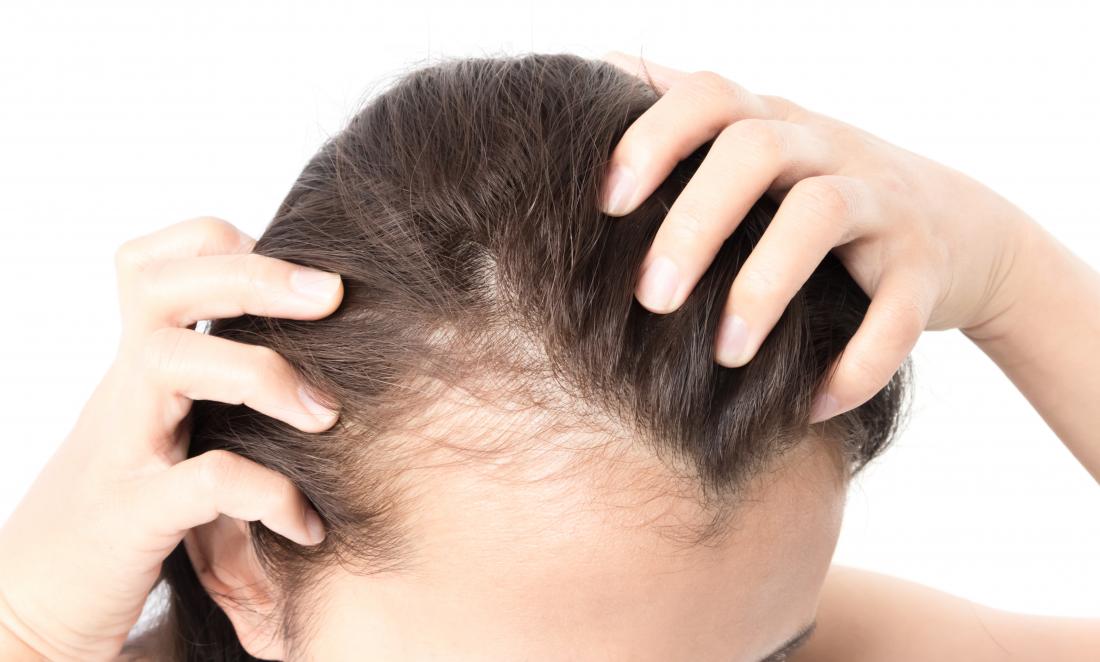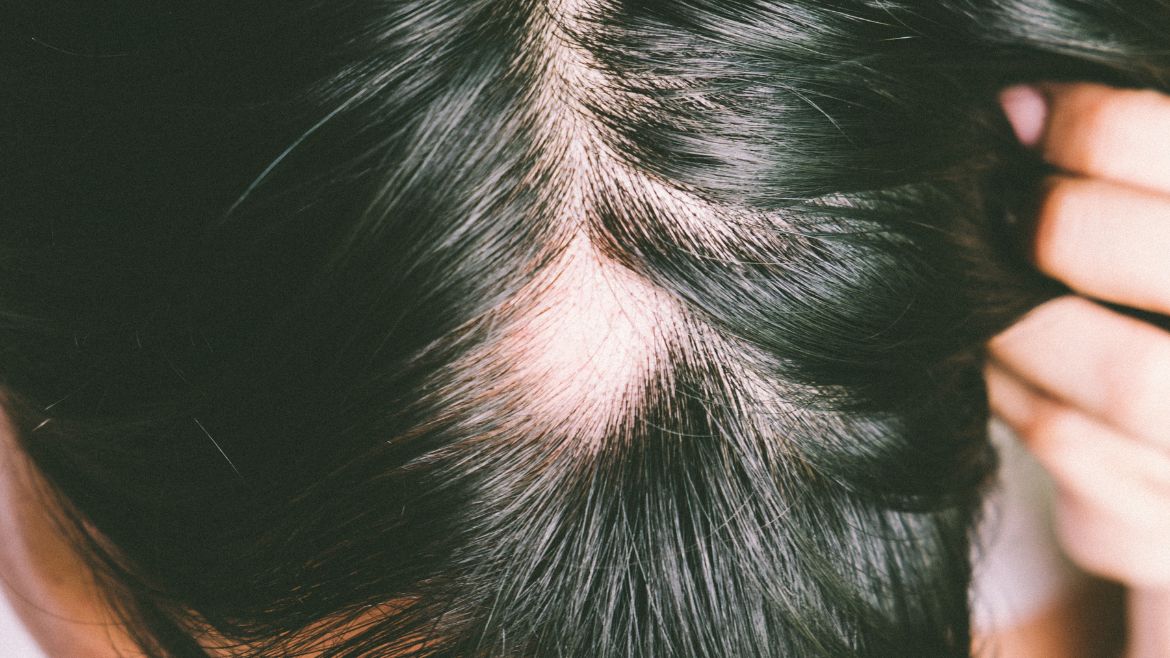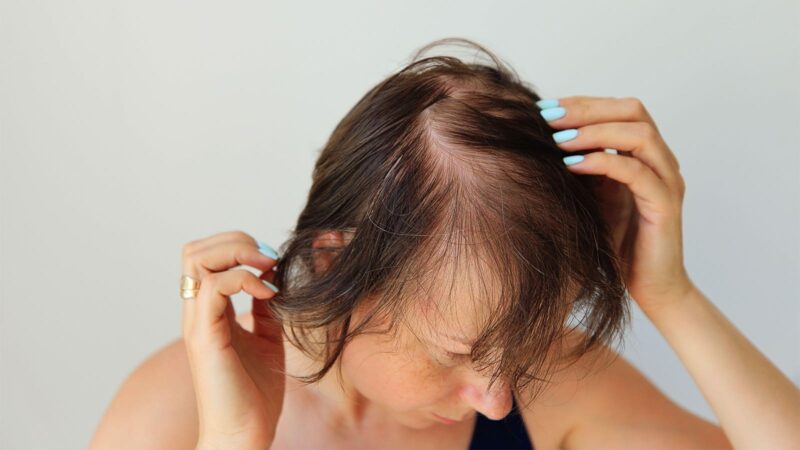For women, managing hair loss can be an emotionally and physically exhausting process. From medical treatments to lifestyle changes, the search for effective remedies can often feel overwhelming and isolating.
In this article, we explore how to navigate hair loss in women and discover solutions that are tailored to individual needs. We look at the causes of female hair loss, discuss successful treatments, and provide tips on how to cope with feelings of insecurity associated with it.
Alongside expert advice from healthcare professionals, we also hear stories from real-life women who have experienced hair loss themselves – demonstrating that there is always hope for regrowth or rebuilding confidence as you embark on your journey toward a new normal.
Understanding Hair Loss in Women

Hair loss in women is a common and complex issue that can have physical, emotional, and social implications. It affects millions of women all over the world, and for those suffering it can be devastating.
While there are many causes of female hair loss – from genetics to hormonal imbalances to medical treatments such as chemotherapy – understanding the underlying cause is key to finding an effective solution. In addition to identifying potential causes, it’s important to recognize what type of hair loss you may be experiencing.
Different types of hair loss require different approaches when looking for solutions; some forms will need medical intervention while others respond better with lifestyle changes or natural remedies.
Women often feel ashamed or embarrassed by their hair loss but it’s important not to view it as something negative but rather as an opportunity for growth and self-discovery – strands of strength! With the right knowledge and support system you can find ways to effectively manage your condition so that you can live life without feeling like your appearance has been taken away from you.
By exploring various options available on the market today – including non-invasive treatments such as laser therapy – you may just discover a way out of this difficult chapter in your life with newfound confidence!
Causes and Risk Factors of Hair Loss

Every strand of hair goes through three distinct phases: anagen (growth), catagen (transition), and telogen (resting). When any part of this process is disrupted or halted, it can lead to varying levels of hair loss for women.
The most common cause for female-pattern baldness is genetics; however, several other possible contributing factors should be considered when evaluating potential causes and risks associated with excessive shedding or thinning hair. These include hormonal changes due to pregnancy, menopause, or thyroid disorders as well as stressors such as dietary deficiencies, physical trauma, or medications that can interfere with healthy follicle production.
Additionally conditions such as alopecia areata – which results from an autoimmune disorder where the body mistakenly attacks its cells – may also play a role in causing temporary patches of lost strands.
Strategies for Managing Stress-Related Hair Loss
Strategies for managing stress-related hair loss can be hard to come by. Fortunately, there are many options available that can help women regain their confidence and reduce the effects of stress on their bodies and minds.
A balanced diet rich in iron, zinc, biotin, omega-3 fatty acids, and vitamins B12 & D3 is essential for maintaining a healthy scalp. Taking supplements or eating foods high in these nutrients can replenish lost stores which may have been depleted due to excessive shedding caused by emotional distress.
In addition to dietary changes, regular exercise has been shown to increase endorphins (the feel-good hormones) while reducing cortisol levels – both of which help improve overall well-being and support healthy hair growth. Additionally, activities such as mindfulness exercises or yoga can be beneficial for calming down mental activity; encouraging positive thinking patterns; and providing a sense of control over emotions during difficult times.
Finally seeking professional counseling or therapy could also provide valuable support when it comes to coping with negative thoughts associated with hair loss so that individuals do not become overwhelmed or isolated from friends/family members who would otherwise be able to offer much-needed comfort during this challenging time in life.
Exploring Treatment Options for Hair Loss
Hair loss in women is a difficult and emotional experience. Understanding the causes of hair loss, exploring treatment options, and finding effective remedies can be overwhelming.
But some solutions can help restore hope to those coping with hair loss. From medical treatments to natural remedies, it is possible to find strategies that work best for an individual’s situation.
Medical treatments such as low-level light therapy (LLLT) may be used to stimulate new growth and reduce inflammation associated with certain types of hair loss while medication such as Minoxidil or Finasteride may also be prescribed by doctors depending on the cause of the condition. Natural remedies like essential oils, scalp massages, herbs, vitamins, or dietary changes have been found effective in some cases too.
It is important for anyone experiencing hair loss to look into all available treatment options and speak with their doctor or healthcare provider before starting any type of regimen. With patience and perseverance, individuals can find answers that support their journey back towards healthy strands—and renewed strength from within!

Conclusion
Hair loss in women has become a growing concern and it is important to find the right remedy to restore confidence and strength. Human hair toppers from NewtimesHair are one of the most effective solutions for those who experience balding or thinning locks, as they provide an instant solution with natural-looking results that can be tailored to match your unique style and preference.
With proper care, these products can last up to six months giving you plenty of time to explore other remedies such as medications or alternative therapies before making any permanent decisions.
Ultimately, women facing this issue must take the time to research their options and find a solution that works best for them; only then will they be able to regain their strands of strength once more.


